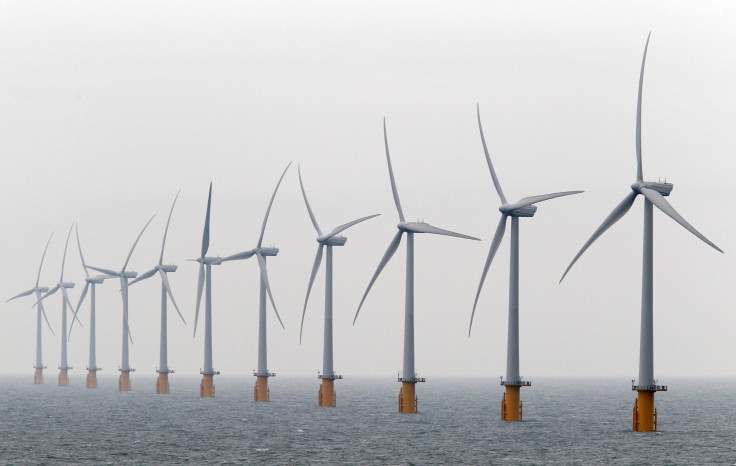As Wind Energy Rises, So Does Opposition To The Production Tax Credit (PTC) Subsidy That Has Made It Commercially Viable

Wind power generated record amounts of energy in 2012, as 6,700 turbines began spinning in across the United States and $25 billion of private capital was invested in the burgeoning green sector.
But federal belt-tightening threatens to eliminate funding for a tax credit that largely bolstered the industry over the last year, the Economist reports.
The Production Tax Credit, also known as the PTC, gave wind power producers 2.2 centers per kilowatt-hour of electricity generated during the first 10 years of the turbine’s life, the magazine wrote. And though the subsidy skirted the last round of fiscal tussling in Washington, D.C., some power companies are now pushing to cut it altogether.
“Energy companies are griping too, perhaps forgetting how handsomely they have been subsidized in the past,” the magazine wrote. “But even the wind industry wonders whether a credit that expires every few years, causing cycle of boom and bust, is helpful.”
While the policy holds pretty strong support on both sides of the aisle -- Democrats appreciate the environmentalism, Republicans like the jobs it creates -- not all would be lost if the PTC were eliminated.
Demand for new turbines will rise regardless of the subsidy, and concerns that wind is not a viable option are dying down.
The Economist, in its usual biting tone, ended the essay like this:
“Private insurers say that last year was the second-most-expensive in American history for disasters related to climate change, costing them $139 billion,” it wrote. “But private insurance paid only a quarter of these costs, leaving taxpayers to cover the rest. By comparison, funding renewable energy properly seems rather cheap.”
© Copyright IBTimes 2024. All rights reserved.






















